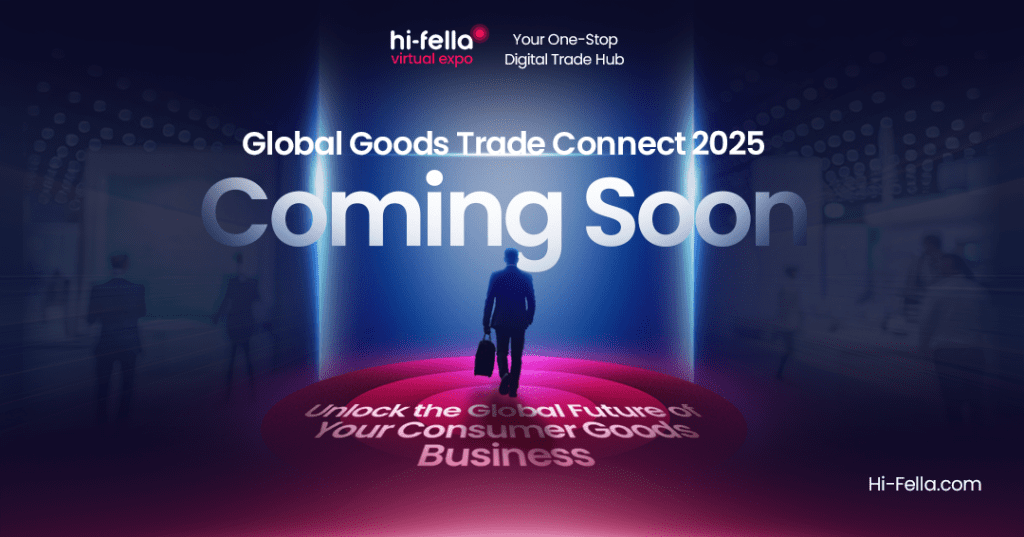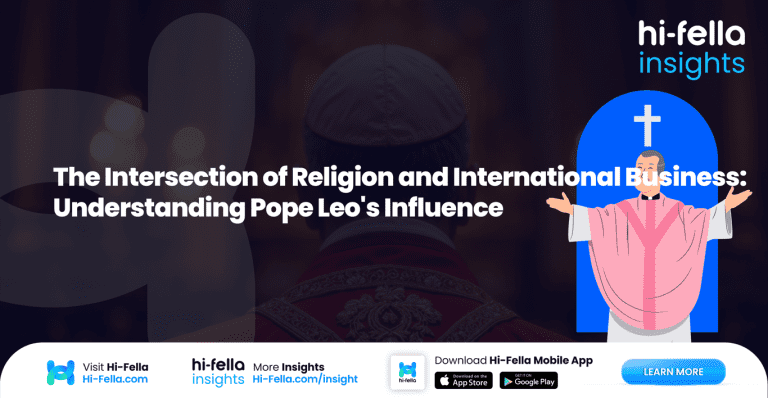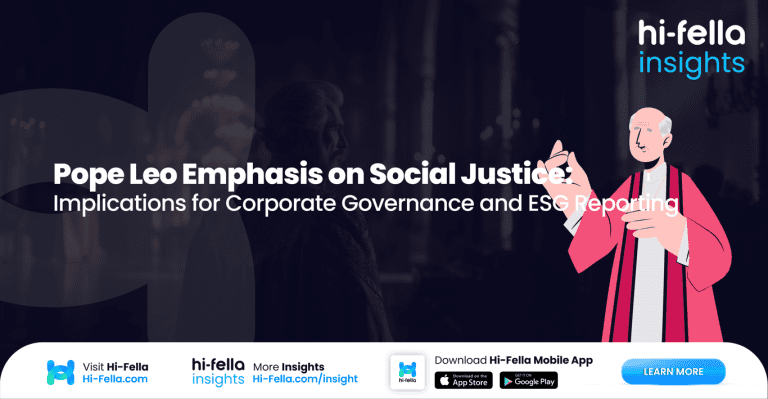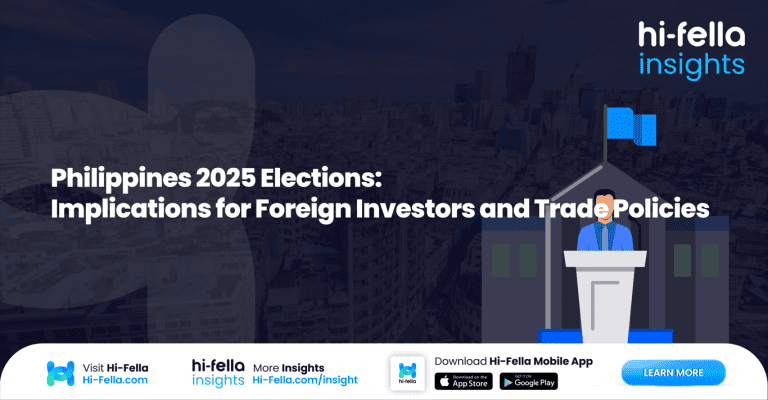After you’ve hosted a fabulous private showcase, and now you’re basking in the afterglow of your event. But how do you know if it was a hit? Measuring the success of your private showcase is crucial for understanding what worked, what didn’t, and how you can improve for next time.
Just imagine a private showcase is like a VIP party for your brand. You get to curate the guest list, set the vibe, and present your offerings in a way that truly resonates with your audience. No more shouting over the noise of a crowded trade show or competing for attention in a sea of booths. Instead, you’ll create an intimate atmosphere where meaningful conversations can flourish, and genuine connections can be made. It’s all about quality over quantity, and with Hi-Fella, you can make every interaction count.
And let’s not forget the power of exclusivity! When you host a private showcase, you’re not just presenting your products; you’re creating an experience that attendees will remember long after the event is over. This is your chance to tell your brand’s story, showcase your innovations, and leave a lasting impression that keeps people talking.
Let’s dive into some smart—and fun—ways to gauge the impact of your event!
Metrics/Indicators to Measure Your Private Showcase Campaign

1. Set Clear Objectives
Before you can measure success, you need to know what you’re aiming for. Did you want to generate leads, build brand awareness, or perhaps gather feedback on a new product? Setting clear objectives will give you a benchmark against which to measure your results. Think of it like setting a target in a game of darts; if you don’t know where the bullseye is, how will you know if you hit it?
For example, if your goal was to generate leads, you might track how many attendees signed up for follow-up communications or expressed interest in your offerings. Having specific objectives in place will make it easier to assess whether your showcase hit the mark.
2. Gather Feedback
One of the best ways to measure success is to ask your attendees for their thoughts. Create a simple feedback form or survey to gather insights on their experience. Questions could range from “What did you enjoy most?” to “How can we improve?” This not only shows that you value their opinions but also provides you with actionable data to refine future events.
Consider using a mix of quantitative and qualitative questions. For instance, you might ask attendees to rate their experience on a scale of 1 to 10, while also leaving space for open-ended comments. This combination will give you a well-rounded view of how your showcase was received.
3. Track Engagement Metrics
Engagement metrics are a goldmine for understanding how well your showcase resonated with attendees. Keep an eye on how many people interacted with your presentations, participated in discussions, or engaged with your products. Did attendees ask questions? Did they share your event on social media? These indicators can provide valuable insights into the level of interest and enthusiasm generated by your showcase.
For example, if you noticed a high level of interaction during a particular presentation, that could signal that the topic resonated well with your audience. Conversely, if certain aspects fell flat, it might be time to rethink your approach for next time.
4. Analyze Follow-Up Actions
After the showcase, what actions did attendees take? Did they sign up for newsletters, request demos, or engage with your brand on social media? Tracking these follow-up actions can give you a clear picture of how effective your showcase was in driving interest and engagement.
For instance, if you see a spike in website traffic or social media engagement following your event, that’s a strong indicator that your showcase made an impact. It’s like the ripple effect—your event creates waves that can lead to further engagement down the line.
5. Evaluate Sales Conversions
Ultimately, one of the most telling measures of success is how many leads converted into sales. If your showcase was aimed at generating business, tracking sales conversions will give you a clear indication of its effectiveness. Did attendees who expressed interest during the event follow through with purchases?
For example, if you hosted a private showcase for a new product and saw a significant uptick in sales shortly after, that’s a strong sign that your event was a success. Conversely, if conversions were low, it might be time to reassess your approach or follow-up strategy.
6. Monitor Brand Sentiment
Finally, keep an eye on how your brand is perceived in the aftermath of your showcase. Are people talking positively about your event on social media? Are there any mentions in industry publications? Monitoring brand sentiment can provide valuable insights into how your showcase impacted your overall reputation.
Consider using social listening tools to track mentions of your brand and event. If you notice a surge in positive conversations, that’s a great indicator that your showcase left a lasting impression!
Start Your Private Showcase on Hi-Fella Now!

Alright, my friend, let’s get real for a second. If you’re looking to elevate your brand and make some serious waves in your industry, it’s time to get off the sidelines and start your private showcase with Hi-Fella! Imagine an exclusive event where you can roll out the red carpet, connect with the right people, and showcase what you’ve got in a way that leaves a lasting impression.
This isn’t just another event; it’s your chance to shine and show the world what you’re made of. So why wait? Grab this opportunity by the horns! Head over to Hi-Fella and start planning your private showcase today. Trust me, your future self will thank you for it. Let’s make some magic happen and take your brand to the next level!






